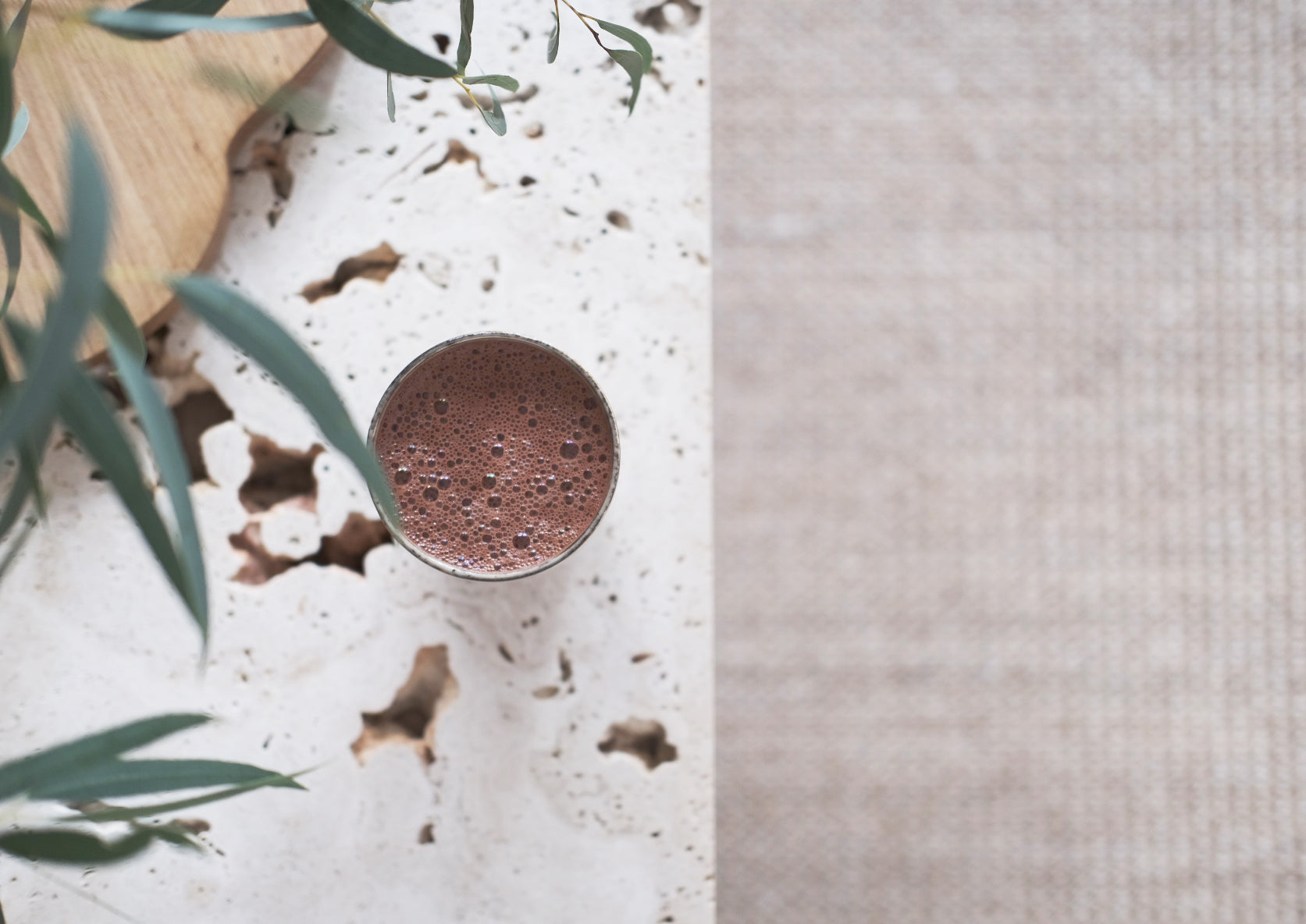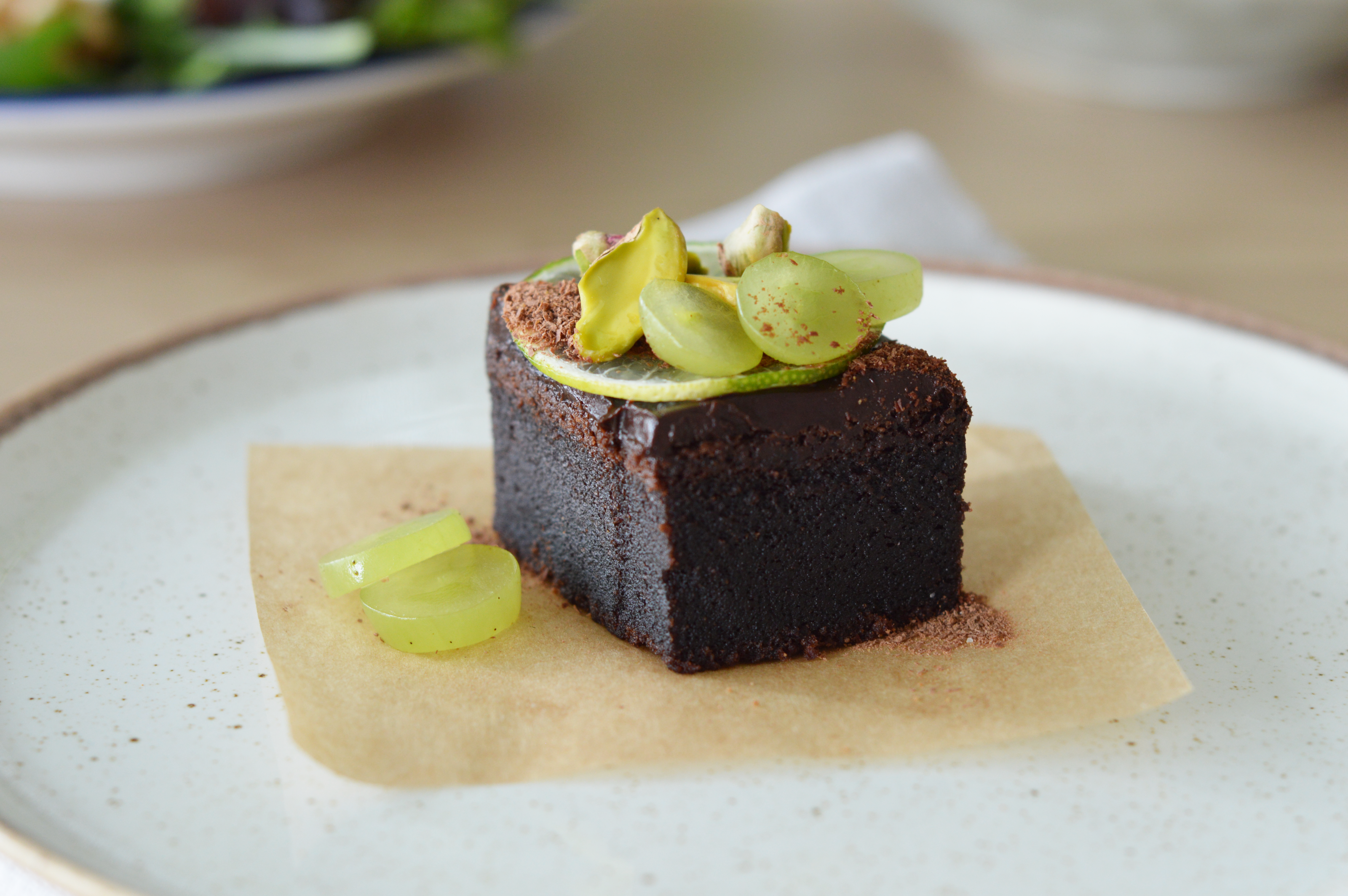Matcha tea

Matcha powder is a premium-quality tea made from shade-grown Japanese green tea leaves of the Camellia Sinensis plant, finely ground into a powder. For centuries, monks have enjoyed this tea to maintain focus during meditation. While green tea is grown around the world, true authentic Green Matcha Tea is unique to Japan.

Matcha Tea and Its Quality Grades
Matcha tea comes in several quality categories (known as “grades”), which vary depending on usage, leaf quality, and processing methods. In our selection, we offer only the highest-quality ceremonial matcha types – Premium Ceremonial and Ceremonial Matcha. To help you understand what makes them special, we’ve highlighted the differences between the various grades.
Premium Ceremonial Matcha
This is the highest-grade matcha, made from the youngest, first-harvest leaves, carefully shade-grown to retain maximum chlorophyll content. It boasts an intense emerald green color and a rich, delicate flavor.
Flavor: Mildly sweet, creamy, with a strong umami note. No bitterness.
Usage: Perfect for traditional Japanese tea ceremonies or as a pure drink for special occasions.
Color: Bright green.
Ceremonial Matcha
Made from first-harvest leaves, this matcha is ideal for daily use and minimalist tea rituals.
Flavor: Gentle, subtly sweet, with a light umami note and a slight hint of bitterness.
Usage: Perfect for everyday drinking, matcha lattes, or iced matcha tea.
Color: Emerald green, slightly less intense than the Premium version.
Classic Matcha Tea
Usually made from second-harvest leaves, this matcha has a slightly lighter color and a stronger taste.
Flavor: Slightly bitter, more neutral, yet retains the character of matcha.
Usage: Great for matcha lattes or blended with other ingredients, like in smoothies.
Color: Light green, less intense.
Culinary Matcha
This grade is made from older leaves (second or third harvest), resulting in a more bitter, stronger “grassy” flavor. It’s perfect for baking, desserts, or smoothies.
Flavor: Bold, bitter, and intense.
Usage: Ideal for baking, ice cream, sauces, and smoothies.
Color: Dark green, sometimes with a yellowish tint.
WHAT TO LOOK FOR WHEN CHOOSING MATCHA TEA
Country of Origin
![]()
Matcha Powder from Japan
The best-tasting and highest-quality matcha tea is grown in Japan. The country enforces strict farming standards and regulations to protect the integrity and quality of tea powder. The soil is regularly tested for heavy metals and other pollutants that could alter the flavor of green tea. While most Japanese matcha leaves are grown in the Uji region, other popular growing areas include Saitama, Nishio, Mie, Kagoshima, Nara, and Shizuoka.
Organic Product
![]()
Organic matcha is packed with antioxidants, vitamins, and minerals that benefit our health. Low-quality matcha may contain harmful chemicals like pesticides and fertilizers. To avoid this, always choose organically grown matcha green tea powder.
100% Pure Ingredients
![]()
Some brands sell "matcha" with additives or sweeteners, which lowers the quality of the tea. These additives often mask poor flavor, so they should be avoided. Always check the ingredient list and choose pure Japanese matcha green tea powder.
Color![]()
High-quality matcha powder should have a vibrant green color. Tea with additives or poor packaging may appear yellowish or pale green. Such tea lacks the beneficial properties of premium matcha.
Note that ceremonial matcha will always have a more vivid color than matcha for baking. That’s because ceremonial matcha is made from the youngest tea leaves, which are highest in chlorophyll – the pigment that gives it its rich green hue.
HOW TO PREPARE MATCHA TEA
There are many ways to enjoy matcha tea. You can make a traditional cup, add your favorite extras, or try a matcha latte – even an iced one for hot summer days.
Essential Steps:
SIFTING
Sifting is key to a smooth, delicious cup. It helps prevent clumps. Add sifted matcha powder to your bowl.
BOILING WATER
Boil water and cool it to 70–80°C (160–175°F). Pour about 30 ml of hot water over the matcha powder.
WHISKING
Hold the bamboo whisk straight above the bowl and whisk vigorously in a zig-zag "M" motion until a frothy layer forms.
You can enhance your matcha with plant-based milk and your favorite sweetener.
Ceremonial Matcha Tea Recipe:
Matcha Latte Recipe:
Iced Matcha Latte Recipe:



